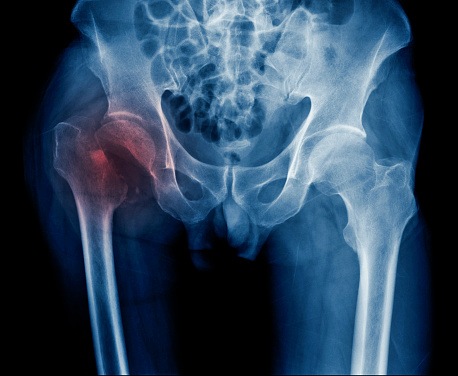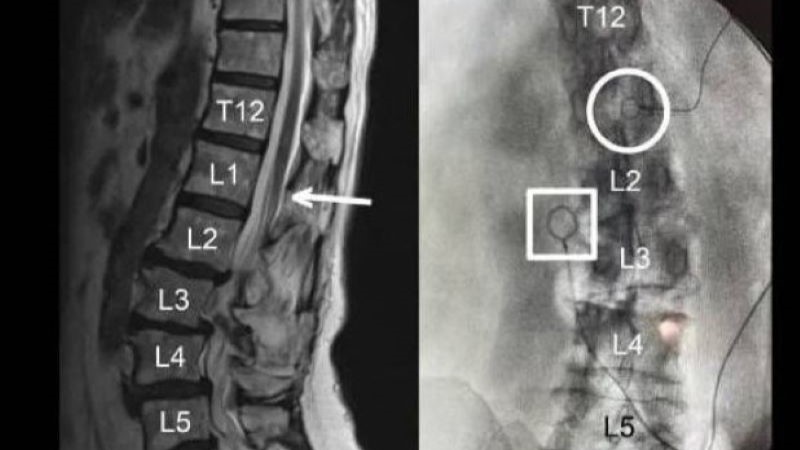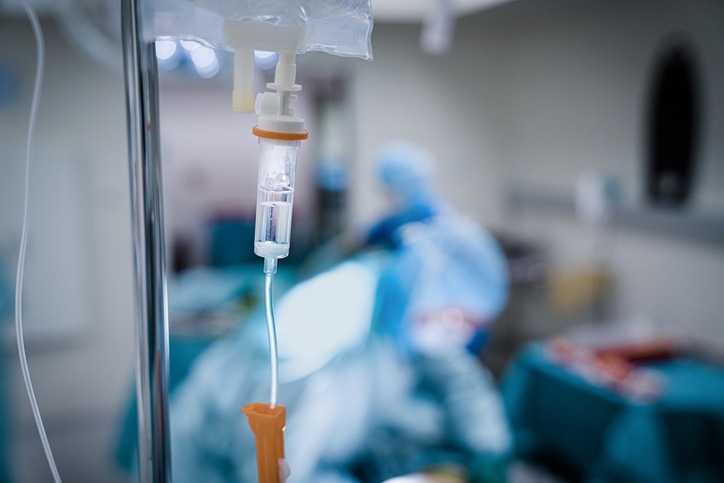
A retrospective cohort study examined the relationship among recovery rate, hospital length of stay (LOS), and minutes spent in therapy per day and functional outcomes for operative hip fracture patients. The researchers concluded that while recovery rate and LOS were predictors of discharge disposition, daily time in therapy only played an insignificant role in outcomes.
New payment models for postacute care (PAC) take into consideration not volume of services required but rather individual clinical patient characteristics, the study authors explained, necessitating the need for teams to make care decisions with different considerations.
“Historically, the amount of therapy provided in PAC facilities has been driven by reimbursement requirements rather than patient need as determined by clinical teams,” they wrote. “This change from volume to value is intended to encourage health care professionals to optimize functional gains for patients while minimizing costs and lessen the financial incentives to provide more therapy than necessary. Under a value-based system, rehabilitation teams will need to make evidence-informed decisions about the amount of therapy per day and LOS to maximize patients’ functional improvement.”
Data were collected for operative hip fracture patients aged 65 years or older from four inpatient rehabilitation facilities and seven skilled nursing facilities. All patients were Medicare beneficiaries. The exposure was therapy minutes per LOS day. The main outcomes were Functional Independence Measure mobility and self-care measures upon discharge. Nine recovery groups were formed based on low, medium, or high therapy minutes per LOS day and low, medium, or high rate of functional gain per day.
Therapy Time Least Significant Predictor of Functionality at Discharge
Final analysis included 150 patients (mean [SD] age, 82.0 [7.3] years; 101 [67.3%] were female; 148 [98.6%] were white). Upon rehabilitation admission, all patients had similar functional levels, regardless of gain and therapy minutes per LOS day (mean [SD] mobility, 16.2 [3.2]; F8,141=1.26; P=0.27), but significant differences emerged at discharge (mean [SD] mobility, 23.9 [5.2]; F8,141=14.34; P<0.001). At time of discharge, high-gain patients presented mobility independence, but low-gain patients required assistance for almost all mobility tasks. Mobility independence in the medium-gain group varied by LOS: those with a mean LOS of 27 days were independently mobile at discharge, while those whose mean LOS was less than 21 days required toilet transfer supervision and assistance with stairs. Regarding therapy minutes per LOS, “medium– and high–therapy minutes per LOS day groups were statistically significant in the regression model (β = 6.99; P = .001; and β = 11.46; P = .007, respectively), [but] they explained only 1% of the variance in discharge outcome,” the researchers observed.
The study was published in JAMA Network Open.
The study authors concluded, “For participants in medium-gain groups, LOS less than 21 days may have transferred additional burden of care to family caregivers, home health agencies, and outpatient services. In the context of the transition from volume-based to value-based reimbursement under Medicare, evidence-informed guidelines are needed to identify a patient’s recovery trajectory early in the PAC stay so that rehabilitation teams can make patient-driven decisions about LOS and therapy time.”







 © 2025 Mashup Media, LLC, a Formedics Property. All Rights Reserved.
© 2025 Mashup Media, LLC, a Formedics Property. All Rights Reserved.